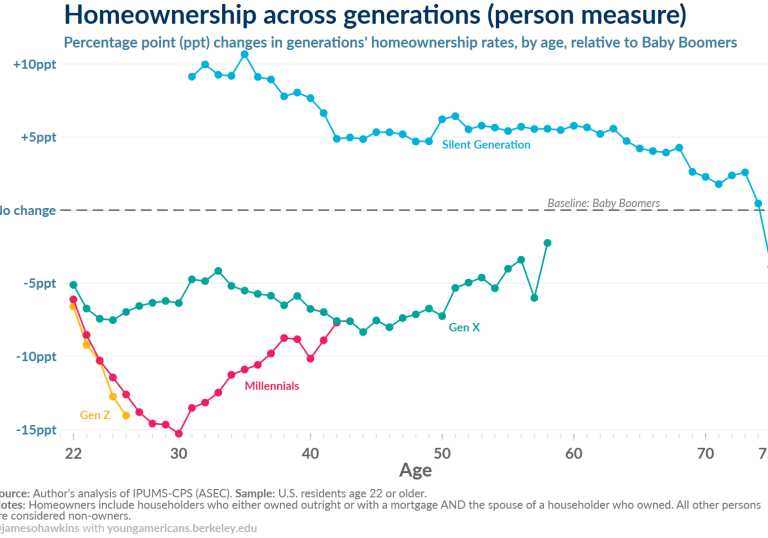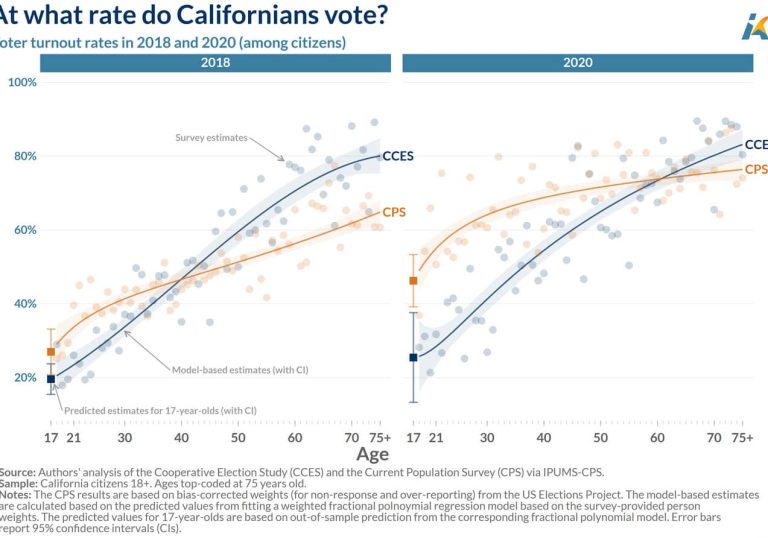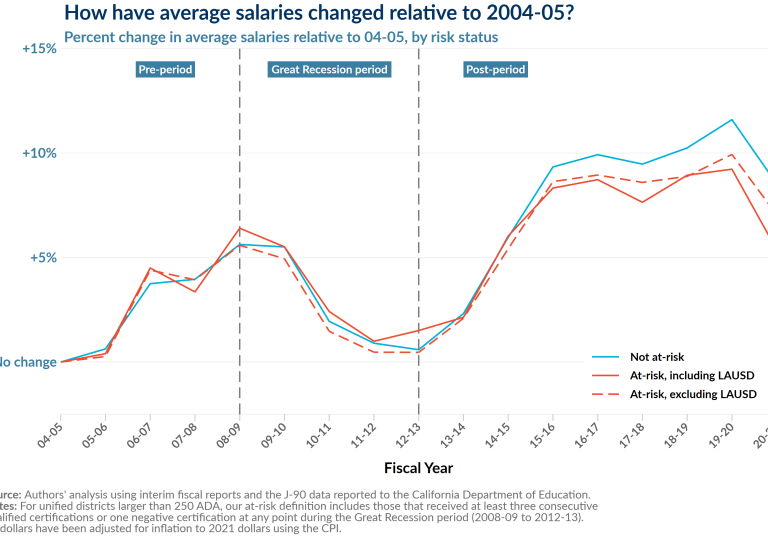Executive Summary
Proposition 13 plays an outsized role in the history of public finance in California and is a central feature of property ownership in the state. Despite its importance, the initiative’s effects remain understudied, due in part to the logistical difficulties and costs of obtaining the accurate and comprehensive property data needed to illuminate the Proposition’s effects. In this report, we use parcel-level data covering 2017 made available to us by Zillow to examine the effects of the Proposition 13 status quo and specifically how the law’s benefits vary by property type.
We find that:
- All property types benefit from Proposition 13.
- Commercial parcels generally receive larger absolute dollar discounts than residential, but relative property tax discounts are similar for residential and commercial parcels.
- In relative terms, discounts from Proposition 13 are largely similar between residential parcels and other property types, with the exception of Vacant Land.
Our results pose a new set of questions:
- Is it desirable that all parcel types receive roughly similar relative benefits under Proposition 13?
- Should residential parcels see more benefits than others, given the goals of Proposition 13’s initial campaign?
- Within the various parcel types, how are Proposition 13’s benefits distributed?
For more on the data used for this analysis, see the companion report, Benchmarking the Zillow Transaction and Assessment Dataset (ZTRAX).










